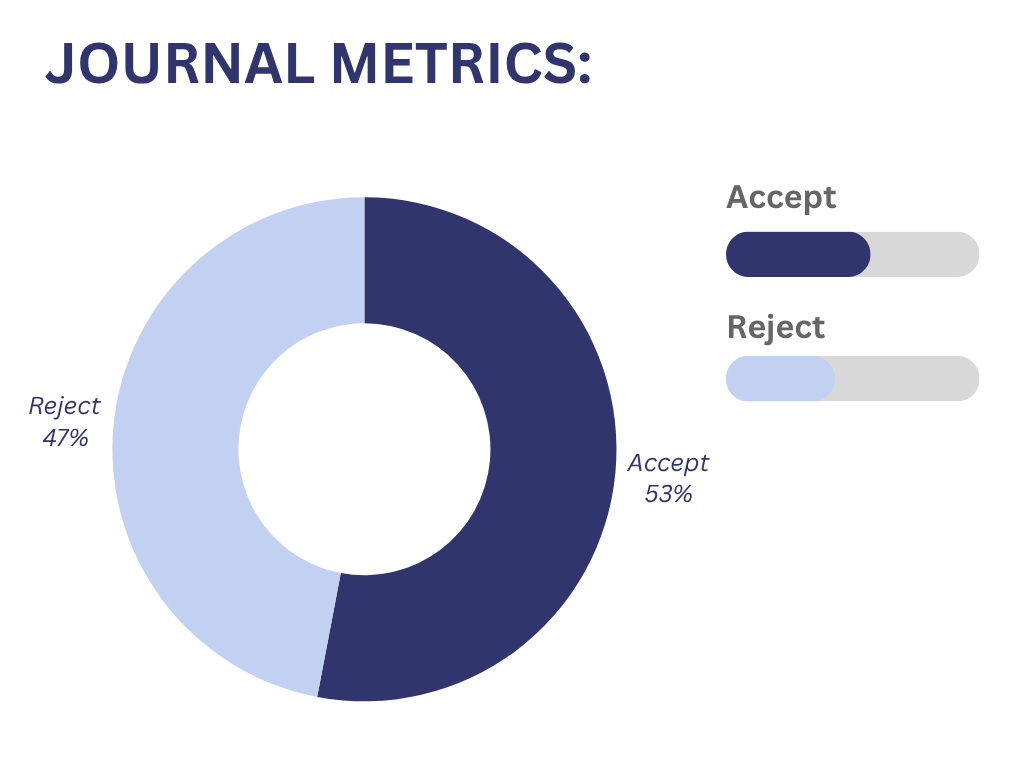Solutions of Pell’s Equation Involving Left Truncated Primes
Abstract
A Left-truncatable prime is a prime which in a given base (say 10) does not contain 0 and which remains prime when the leading (left) digit is successively removed. For example, 317 is left-truncatable prime since 317, 17 and 7 are all prime. Taking the cue from this initial research, we attempt to find the possible solutions for the Pell’s equation for all choices of In this paper, we focused primarily on Pell’s equations involving the left-truncatable primes and present to you another mysterious series and pattern typically associated with the Pell’s equation. As we proceed through the research, we will bring to the fore the recurrence relations among the identified solutions.
Keywords:
Pell’s equation, Diophantine equations, Integer solutions, Recurrence relation, Left truncated primesReferences
- [1] Weil, A. (2006). Number theory: an approach through history from hammurapi to legendre. Springer Science & Business Media. https://books.google.com/books
- [2] Mordell, L. J. (1969). Diophantine equations: diophantine equations (Vol. 30). Academic press. https://books.google.com/books
- [3] Gopalan, M. A. (2014). Sangeetha. V and Manju somanath, On the integer solutions of the pell equation ? 2= 13?2- 3? International journal of applied mathematical research, 3(1), 58–61. https://www.researchgate.net/publication/307649870_On_the_integer_solutions_of_the_Pell_equation_x213y2-3t
- [4] Tekcan, A., Gezer, B., & Bizim, O. (2007). On the integer solutions of the Pell equation x2- dy2= 2t. International journal of computational mathematical sciences, 1(3), 204–208. https://doi.org/10.5281/ZENODO.1328399
- [5] Matthews, K. (2000). The Diophantine Equation x^ 2-Dy^ 2= N, D> 0. Expositiones mathematicae, 18(4), 323-332. http://numbertheory.org/PDFS/patz5.pdf
- [6] Hardy, K., & Williams, K. (1986). On the solvability of the diophantine equation dV 2− 2eV W− dW2= 1. Pacific journal of mathematics, 124(1), 145-158. http://dx.doi.org/10.2140/pjm.1986.124.145
- [7] Jones, J. P. (2003). Representation of solutions of Pell equations using Lucas sequences. Acta academia pead. agr., sectio mathematicae, 30, 75–86. https://ftp.gwdg.de/pub/misc/EMIS/journals/AMI/2003/jones.pdf
- [8] Niven, I., Zuckerman, H. S., & Montgomery, H. L. (1991). An introduction to the theory of numbers. John Wiley & Sons. https://books.google.com/books
- [9] Lenstra Jr, H. W. (2002). Solving the Pell equation. Notices of the ams, 49(2), 182–192. https://brg.me.uk/wp-content/uploads/2022/03/pell.pdf
- [10] Somanath, M., Bindu, V. A., & Das, R. (2023). Solutions of pell’s equation involving sophie germain primes. Jnanabha, 53(2), 40–43. https://doi.org/10.58250/jnanabha.2023.53204


